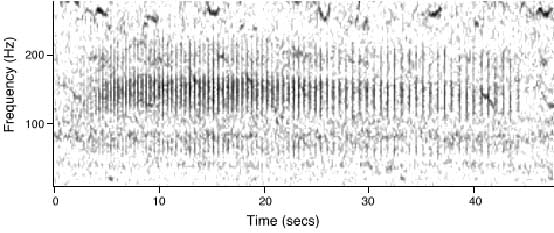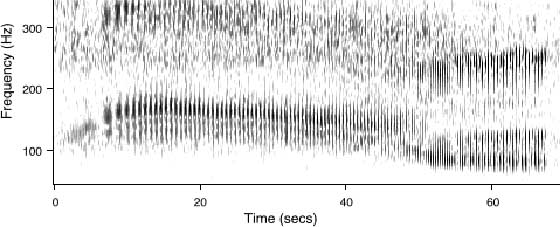Drimnin.com
'Sea & Hear'
Whales &Dolphins...in the Sound
of Mull - West Highlands - Scotland

Drimnin.com
|
||||
 |
||||
Cetaceans
or Whales (which include Dolphins & Porpoises)
have sleek, streamlined bodies that move easily through the water. They
are the only mammals, other than manatees (better known as the Seacow),
that live their entire lives in the water, and the only mammals that
have adapted to life in the open oceans. Like all mammals, whales have
lungs and they breathe air. They are warm-blooded, have a four-chambered
heart, and nurse their young with milk from the mother. Unlike fish
which swim by moving their tail left and right, whales swim by moving
their flukes or tail flippers up and down. The Minke Whale was
named after an infamous 18th-century Norwegian whaler who regularly
broke the rules concerning the types and sizes of whales that he was
permitted to hunt (commercially at that time bigger was better). Soon
all the small whales became known as 'Minke's whales'. The smallest of the rorqual or large baleen
whales, Minke whales were generally ignored as a commercial species
until quite recently. As the larger whales became more scarce (and gained
more protected status) Minkes have become more economically attractive.
Though opposed by many countries, including the United States, Norway
and Japan continue to legally hunt Minkes for both scientific and commercial
purposes taking a few hundred each year. Minkes have a narrow
v-shaped head with a sharply pointed snout, relatively short flippers
(only reaching one-eighth their body length), and a tall dorsal fin
They have black or dark grey backs with white bellies. A distinguishing
feature is the pale-grey, diagonal blazing on the flanks, one above
and behind the flippers and one in front of the fin. As with all baleen
whales, the females are slightly larger than the males.
Check out these images or listen to their sounds Or download a movie in Windows Media Player or Real Player format: these files are 877kbytes and 1.7mbytes in size respectively, broadband recommended |
||||
Click on Links below Whales |
||||
Minke Whale images
|
||||
Sound Files
|
||||
Audio Spectrum Analysis
of Sound files |
||||
| In general, all "calls"
attributed to minke whales consist of very rapid sequences (lasting
about a minute altogether) of short frequency-modulated (FM) pulses, in
the frequency range of 30 to 450 Hz, with durations of 100-200 msec each.
Two types of pulse sequences are most common: - In one type of "call", the pulse rate starts fast and ends slower (minke file 1) - In the second type, the pulse rate starts slow and ends faster (minke file 2) Pulse sequences occur over a wide frequency range, and there are many variations of the pulse rate: - minke file 3 depicts a pulse sequence in which the pulse rate is relatively constant. - minke file 4 depicts a pulse sequence in which pulse rate varies during the "call". Pulse sequences often occur in pairs with sequence pairs separated by several minutes. "Calls" (both paired or unpaired) with nearly identical features are usually repeated regularly every 6-12 minutes. |
||||
 |
||||
 |
||||
 |
||||
 |
||||